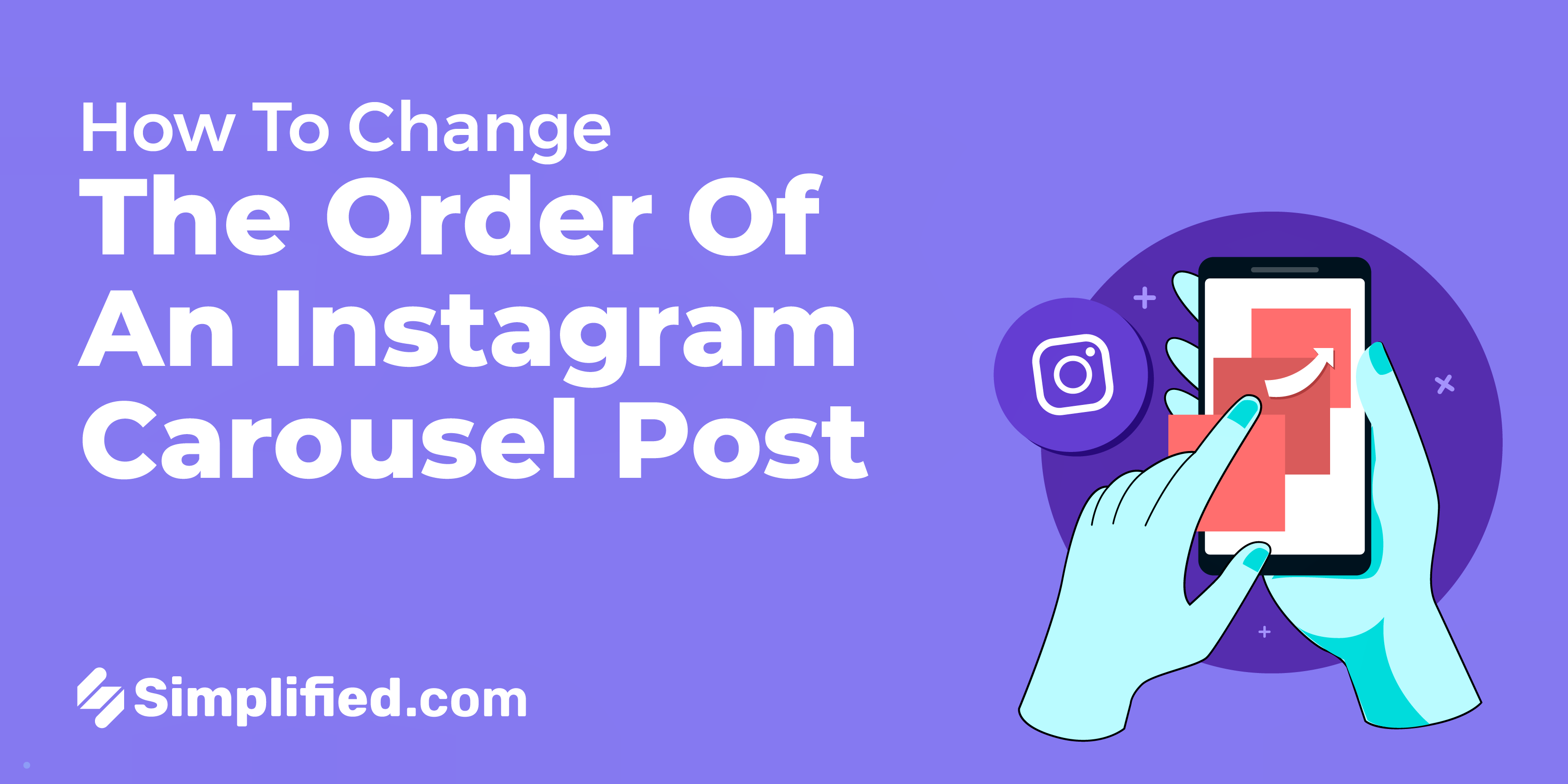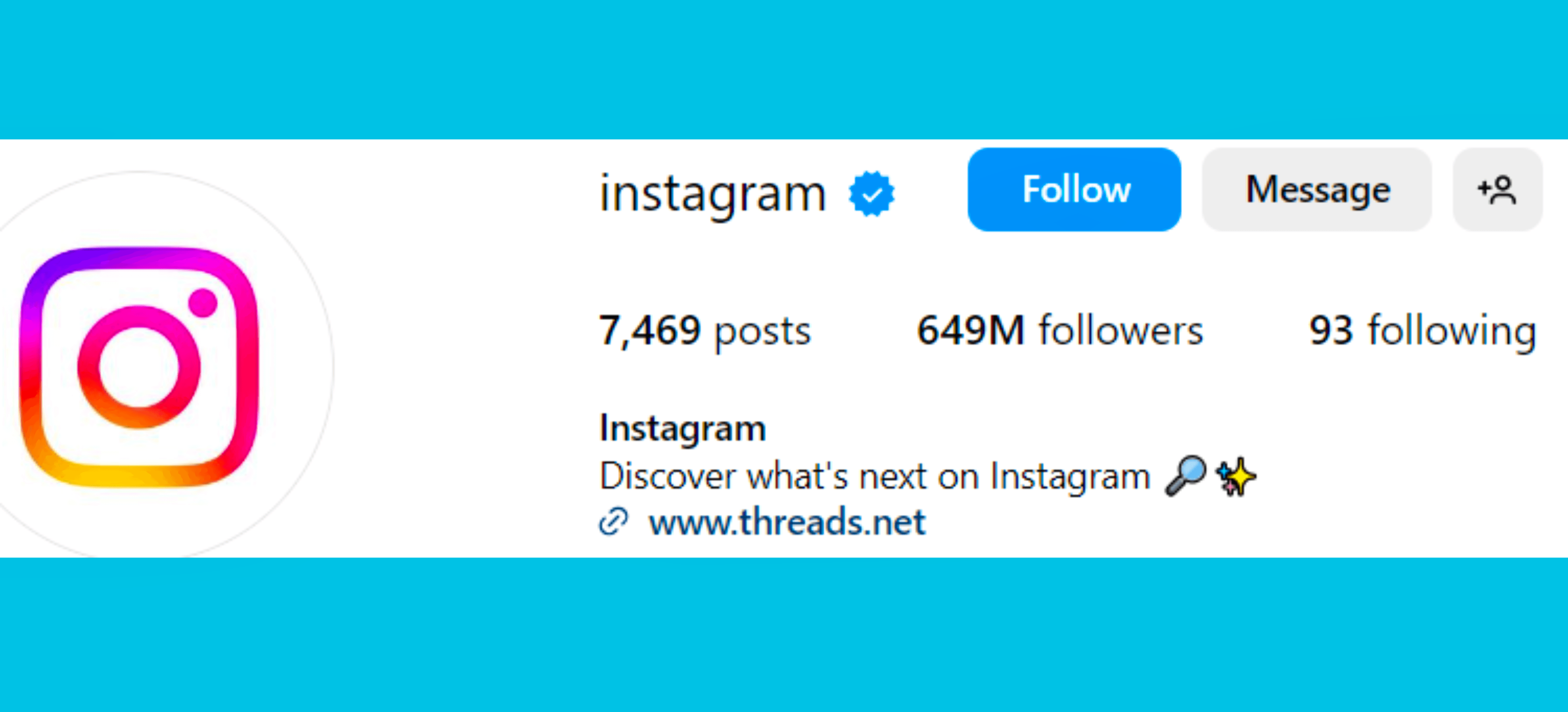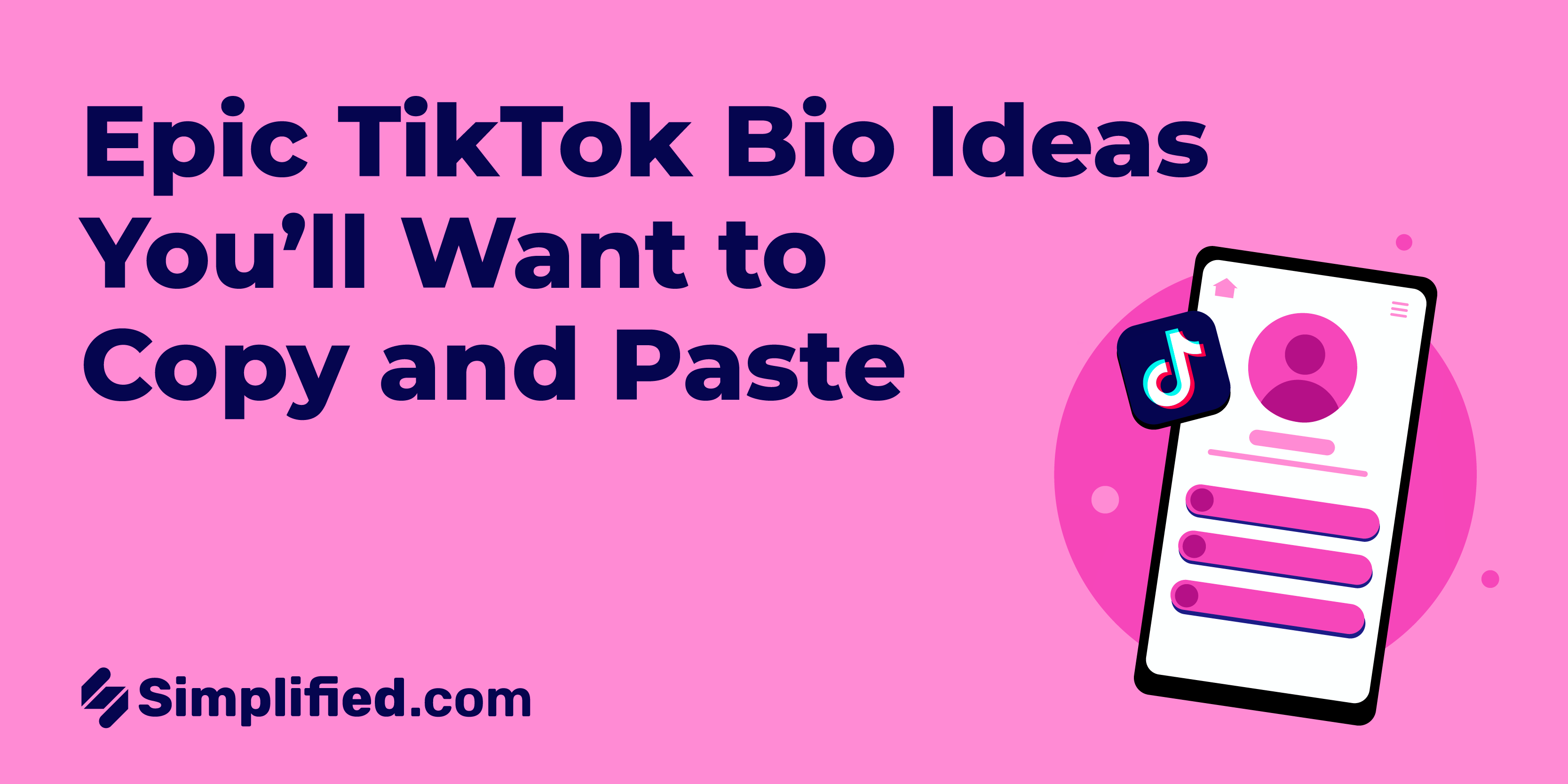What do you mean by Crowdsourcing?
Crowdsourcing refers to the process of gathering services, ideas, or content by involving a large group of people. Typically, the "crowd" in crowdsourcing consists of individuals who are unrelated to the business seeking assistance. Rather than relying on employees or shareholders, crowdsourcing involves soliciting insights from customers and online communities.
The term "crowdsourcing" was first introduced in a 2006 Wired article by Jeff Howe, highlighting a novel approach to engaging people willing to collaborate on a project.
There are various types of crowdsourcing, each serving different purposes:
- Crowdfunding: This involves a large group of people pooling their resources to fund a project. Platforms like Kickstarter are popular examples of crowdfunding platforms.
- Crowdwisdom: In Crowdwisdom, companies seek input and opinions from a large group of individuals. Websites like Yahoo Answers or InnoCentive enable people to share their thoughts on complex topics.
- Microtasking: Microtasking breaks down a significant project into multiple small tasks that can be assigned to a crowd. For instance, Starbucks utilized microtasking in 2014 by asking customers to design compositions for their new cup and vote for their favorites.
Crowdsourcing offers several benefits to companies aiming to accomplish complex tasks while staying within a budget. It enhances customer engagement, strengthens brand reputation, and provides the following advantages:
- Customer engagement: Crowdsourcing demonstrates that a company values its audience's opinions, fostering stronger brand connections. Customers feel involved in campaign concepts, service ideas, and products they have contributed to.
- Innovation and diversity: Tapping into the thoughts of a diverse group of people promotes out-of-the-box thinking. Crowdsourced concepts harness the collective wisdom of groups to foster innovation.
- Time and cost savings: Engaging dozens or even hundreds of professionals can be expensive. However, leveraging digital platforms to bring people together reduces costs and expands the pool of input.
- Ambassadors: Successful crowdsourcing campaigns generate positive enthusiasm among participants, who may become brand ambassadors, fueling word-of-mouth marketing.
To optimize crowdsourcing efforts, consider the following tips:
- Be specific: Clearly outline the desired tasks and provide submission guidelines. Keeping requests simple reduces barriers to participation.
- Measure results: Implement a system for tracking and evaluating incoming submissions. For example, Starbucks asked customers to rate their favorite designs.
- Provide value to participants: Offer incentives and rewards to customers to encourage their involvement. Lay's "Do us a Flavor" campaign allowed customers to create their own chip flavors, resulting in new ideas for Lay's and unique taste experiences for consumers.
.webp)













